American Ginseng Harvesting: Is It Legal To Harvest Ginseng Roots
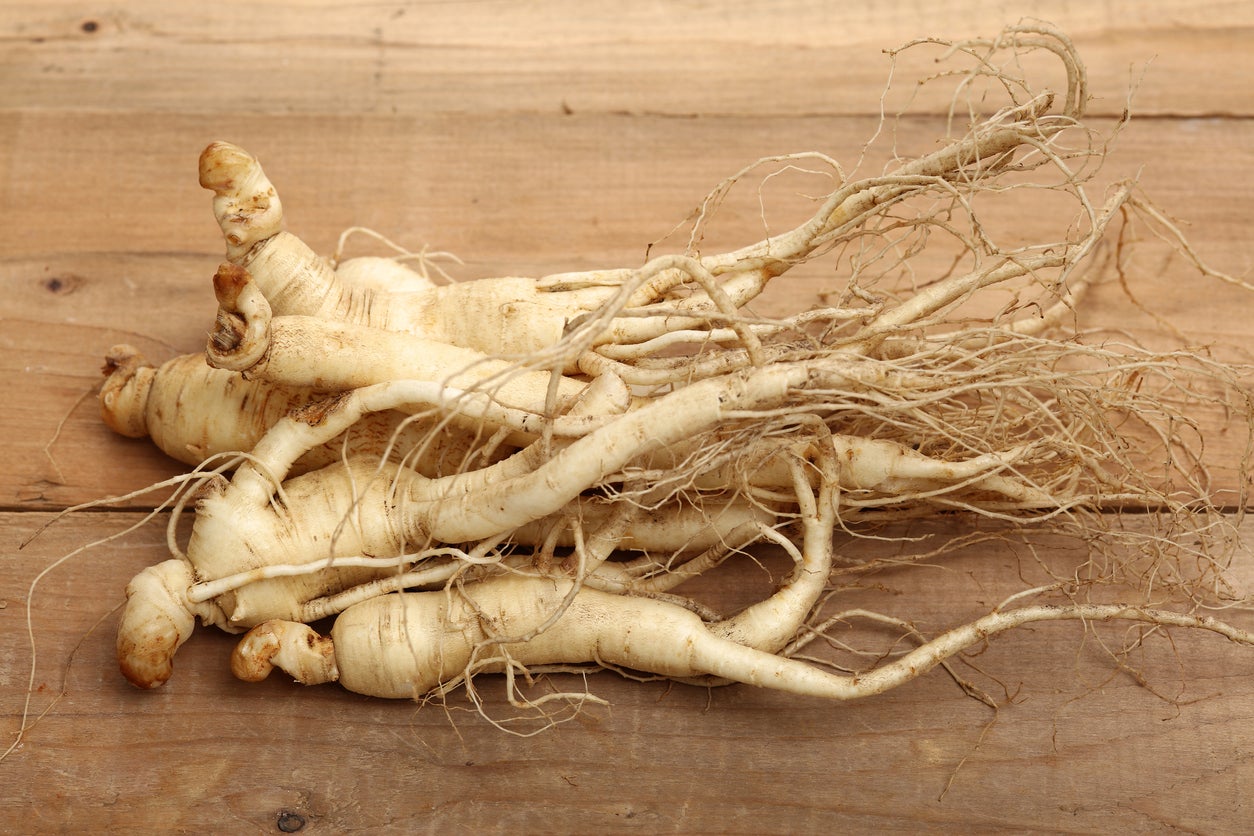

There are a lot of reasons you may consider harvesting wild American ginseng. Ginseng root can be sold for a good price, and it’s notoriously difficult to grow so harvesting it in the wild is common. But American ginseng harvesting is controversial and regulated by law. Know the rules before you go ginseng hunting.
About American Ginseng
American ginseng is a native North American plant that grows in eastern forests. Originally used by Native Americans, ginseng root has a number of medicinal uses. It is especially important in traditional Chinese medicine, and the majority of harvested roots in the U.S. are exported to China and Hong Kong. The U.S. Fish and Wildlife Service estimates that wild ginseng is a $27 million per year industry.
Very similar to Asian ginseng, American ginseng has been harvested and used medicinally for thousands of years. The roots have been studied by modern researchers, and there is evidence that they do have these benefits: reducing inflammation, improving brain function, treating erectile dysfunction, boosting the immune system, and reducing fatigue.
Is it Legal to Harvest Ginseng?
So, can you harvest ginseng on your property or public lands? It depends on where you live. There are 19 states that allow harvesting of wild ginseng for export: Alabama, Arkansas, Georgia, Illinois, Iowa, Indiana, Kentucky, Maryland, Minnesota, Missouri, New York, North Carolina, Ohio, Pennsylvania, Tennessee, Vermont, Virginia, West Virginia, and Wisconsin.
Other states allow you to harvest and export only ginseng that has been artificially propagated. These include Idaho, Maine, Michigan, and Washington. So, if you propagate ginseng in the woodlands on your property in these states, you can harvest and sell it.
Wild ginseng harvesting laws vary by state, but where allowed, the U.S. Fish and Wildlife Service has rules dictating how to do it:
- Harvest only from plants that are at least five years old. These will have four or more bud scars on the top of the root.
- Harvesting can only be done during the state’s designated ginseng season.
- Have a license if required in the state.
- Practice good stewardship, which means getting permission from a property owner if it isn’t your land, and only harvest plants with red berries so you can plant the seeds. Plant them near the harvested area, one inch deep (2.5 cm.) and about a foot (30.5 cm.) apart.
American ginseng has been harvested and exported for hundreds of years, and, without regulations, it could disappear. If you are planning to grow or harvest wild American ginseng, know the rules in your location, and follow them so that this plant will continue to thrive in North American forests.
Gardening tips, videos, info and more delivered right to your inbox!
Sign up for the Gardening Know How newsletter today and receive a free copy of our e-book "How to Grow Delicious Tomatoes".

Mary Ellen Ellis has been gardening for over 20 years. With degrees in Chemistry and Biology, Mary Ellen's specialties are flowers, native plants, and herbs.
-
 Looking For Plants To Give You The Soft And Fuzzies? Try These 5 Fuzzy Leaf Plant Options
Looking For Plants To Give You The Soft And Fuzzies? Try These 5 Fuzzy Leaf Plant OptionsLovers of texture, drama, silver foliage and tactile plants will adore these special sensory garden additions. These fuzzy leaf plant options will leave you all aglow
By Susan Albert
-
 Get Ready For A Summer Of Hummers! Grow These Full Sun Hummingbird Plants and Flowers
Get Ready For A Summer Of Hummers! Grow These Full Sun Hummingbird Plants and FlowersIf you’re lucky enough to enjoy a sunny backyard, make sure you are maxing out on your pollinator opportunities and grow these full sun hummingbird plants and flowers
By Tonya Barnett
-
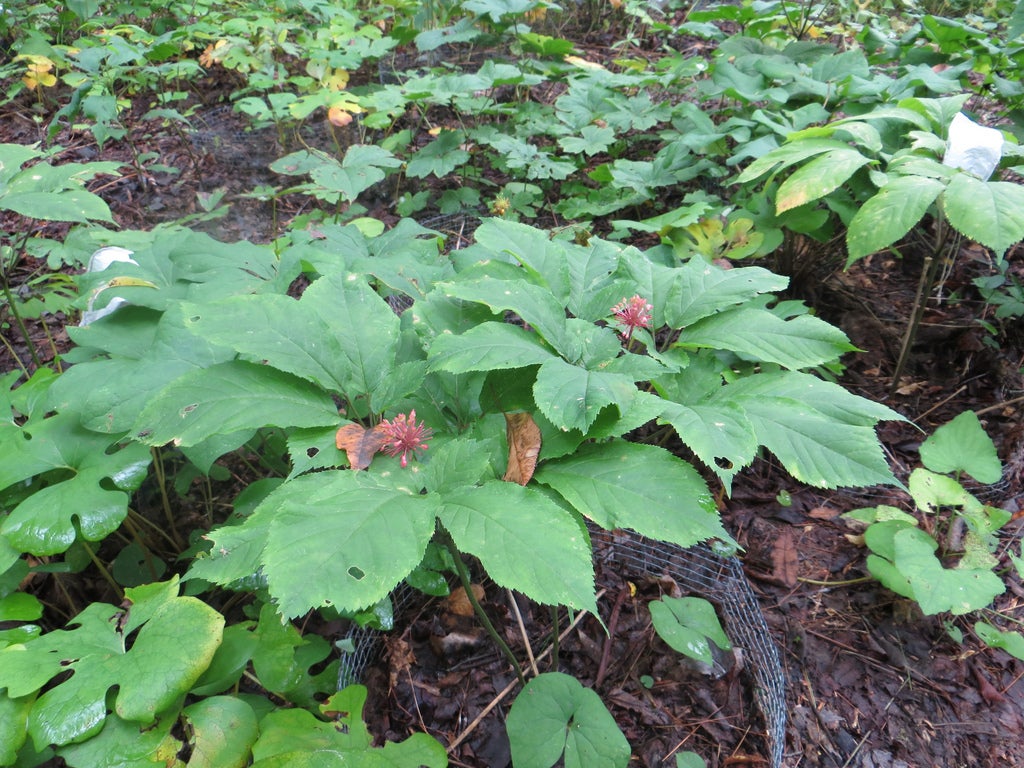 Ginseng Winter Care – What To Do With Ginseng Plants In Winter
Ginseng Winter Care – What To Do With Ginseng Plants In WinterMany people are able to produce adequate crops of ginseng root in a wide range of climatic conditions. With special consideration and the establishment of seasonal care routines, growers can maintain healthy ginseng plants for years to come. Learn about winter care here.
By Tonya Barnett
-
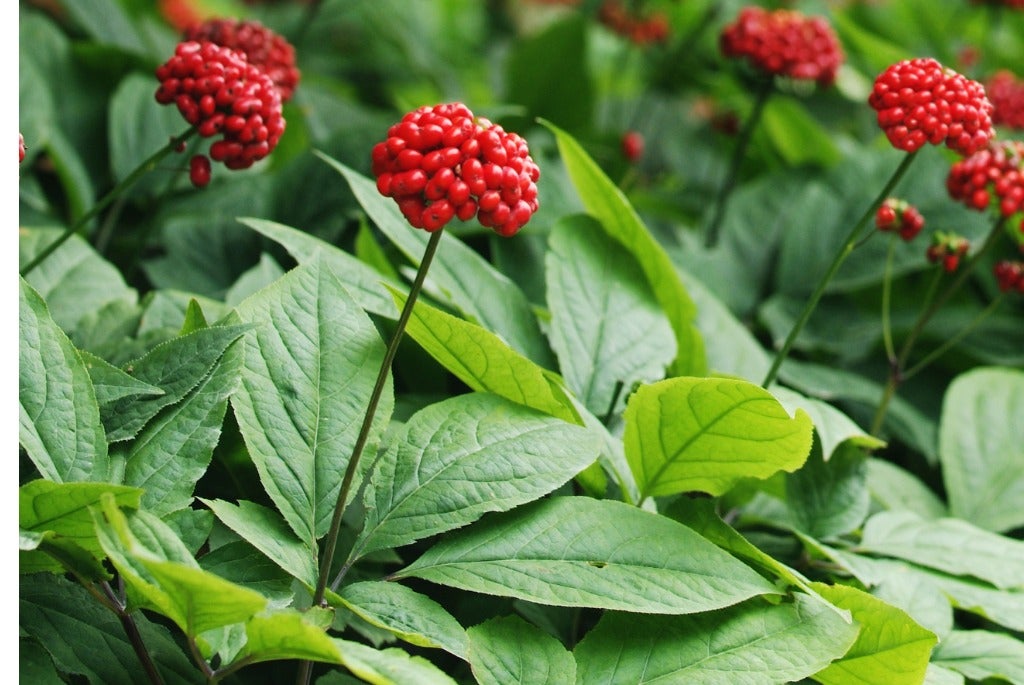 What Is Asian Ginseng – Learn How To Grow Korean Ginseng Plants
What Is Asian Ginseng – Learn How To Grow Korean Ginseng PlantsGinseng is featured prominently in a number of energy drinks, tonics and other health related products. On many of these products, the type of ginseng is called Asian or Korean ginseng root. The following article discusses how to grow Korean ginseng root.
By Amy Grant
-
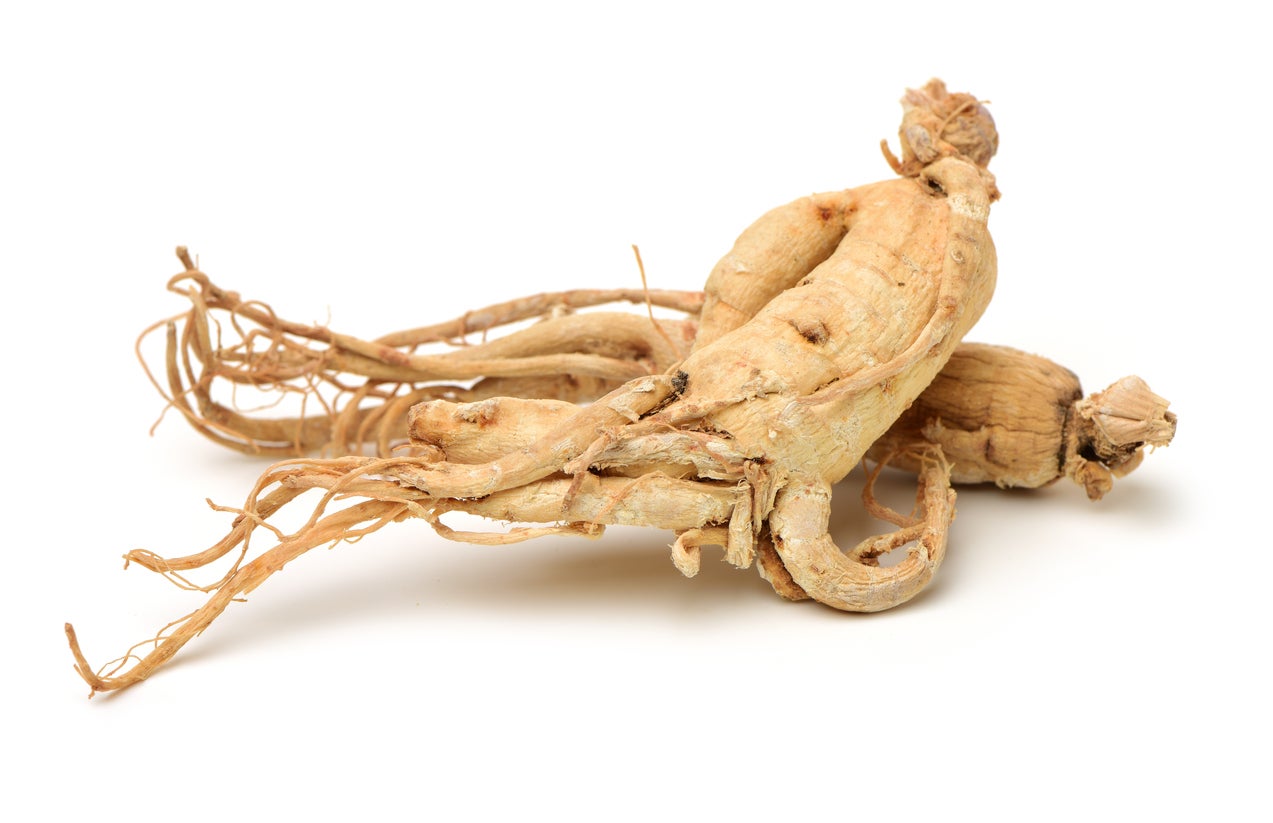 Wild Simulated Ginseng Plants: How To Grow Wild Simulated Ginseng
Wild Simulated Ginseng Plants: How To Grow Wild Simulated GinsengGinseng can command a significant price and may be an excellent opportunity for non-timber income on forest lands, which is where some enterprising growers plant ginseng. Click here to find out what wild simulated ginseng is and how to grow this plant yourself.
By Amy Grant
-
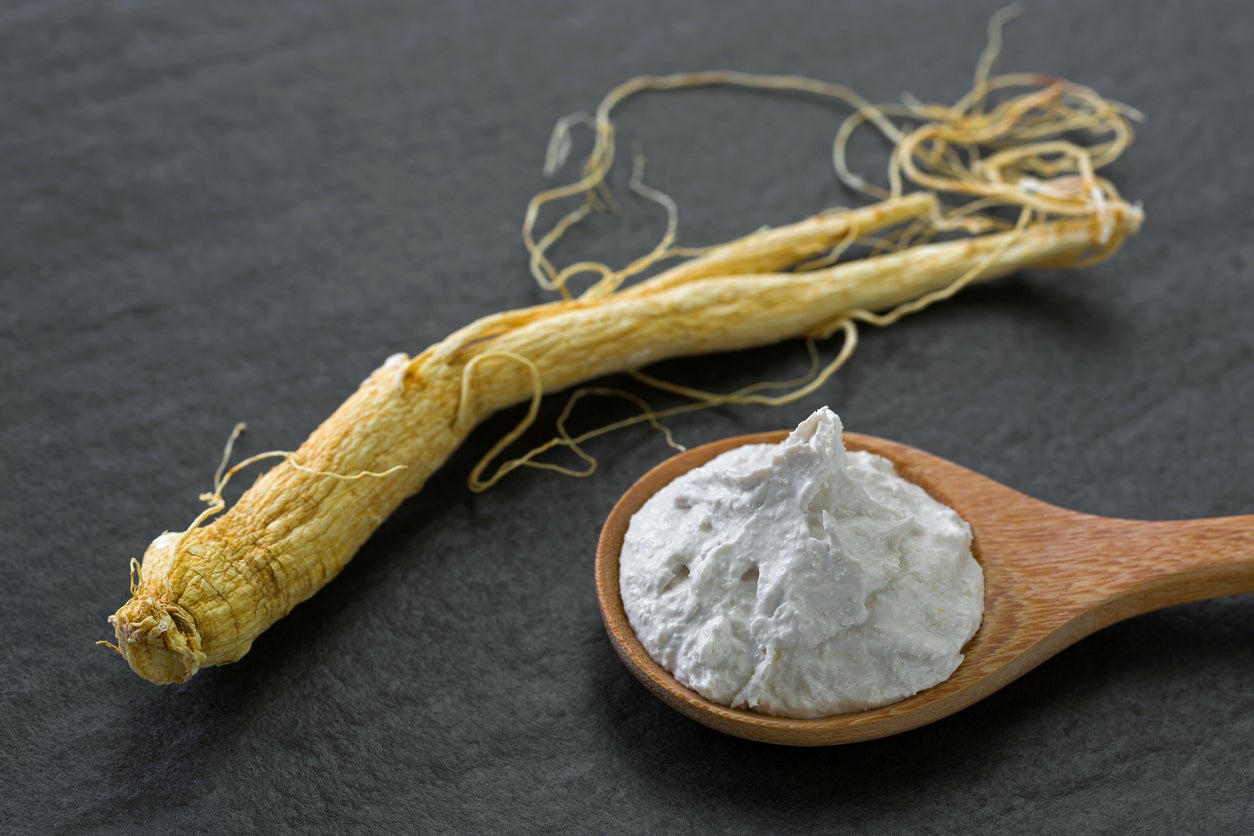 Medicinal Ginseng Remedies – Using Ginseng For Health Benefits
Medicinal Ginseng Remedies – Using Ginseng For Health BenefitsIn Asia, medicinal ginseng dates back several centuries. In North America, herbal ginseng use dates back to the early settlers, who used the plant to treat a number of conditions. Is ginseng good for you? What do medical experts say about using ginseng for health? Find out here.
By Mary H. Dyer
-
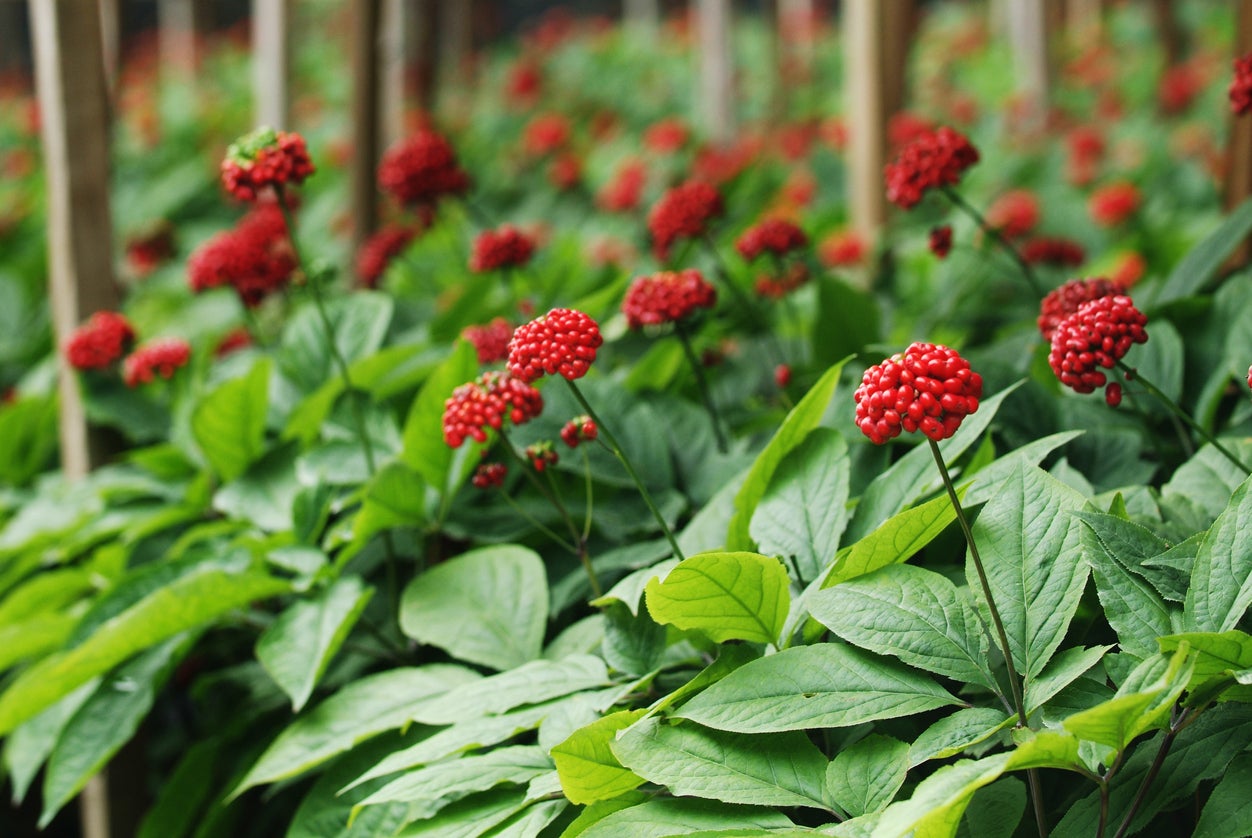 Ailing Ginseng Plants – Identifying Common Ginseng Problems
Ailing Ginseng Plants – Identifying Common Ginseng ProblemsGinseng is a great plant to grow because you can enjoy a lot of potential health benefits from using the medicinal root. Unfortunately, there are a lot of ginseng problems you may encounter in the garden, as this is not the easiest plant to grow. Learn more here.
By Mary Ellen Ellis
-
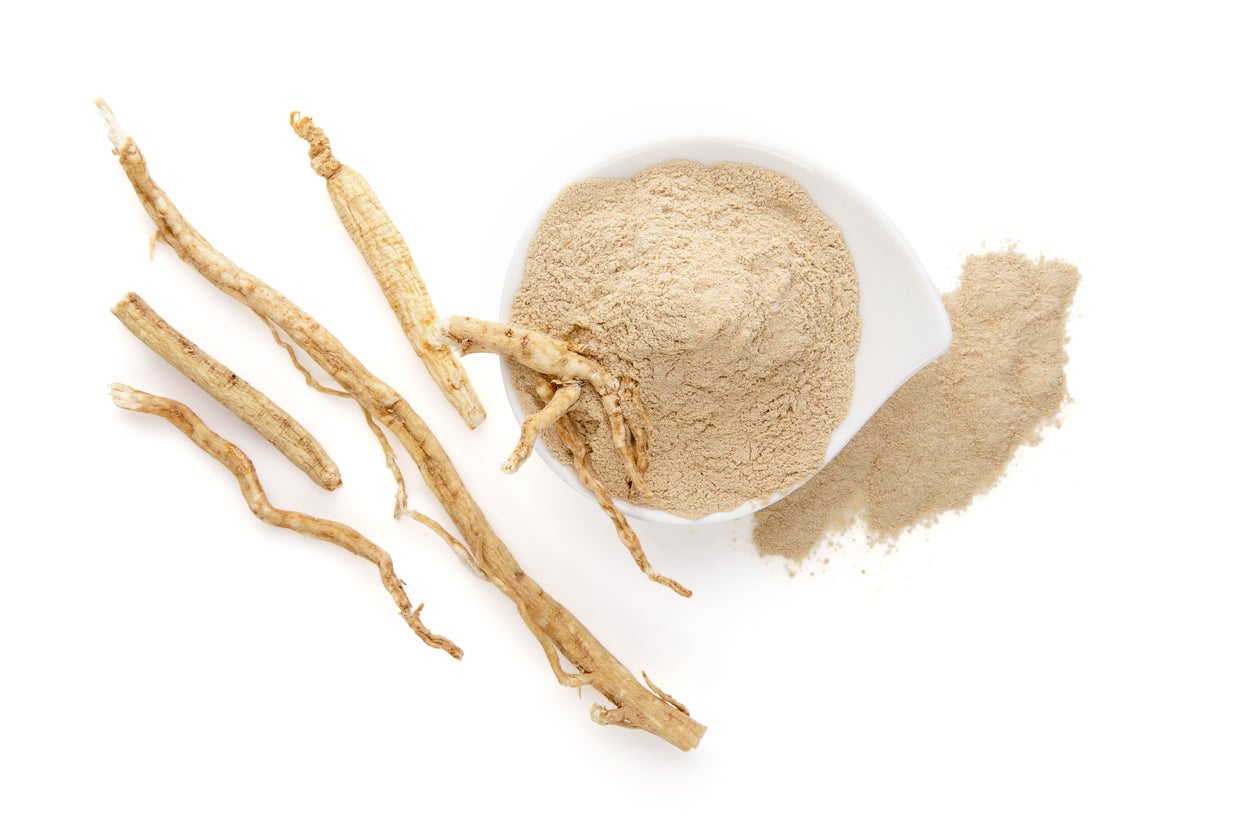 Dried Ginseng Root: Learn How To Store Ginseng Plants
Dried Ginseng Root: Learn How To Store Ginseng PlantsGrowing ginseng as an alternative crop is increasing in popularity, but it does take some commitment and it is necessary to learn how to dry ginseng root properly and store for later use. The information in this article can help with that.
By Amy Grant
-
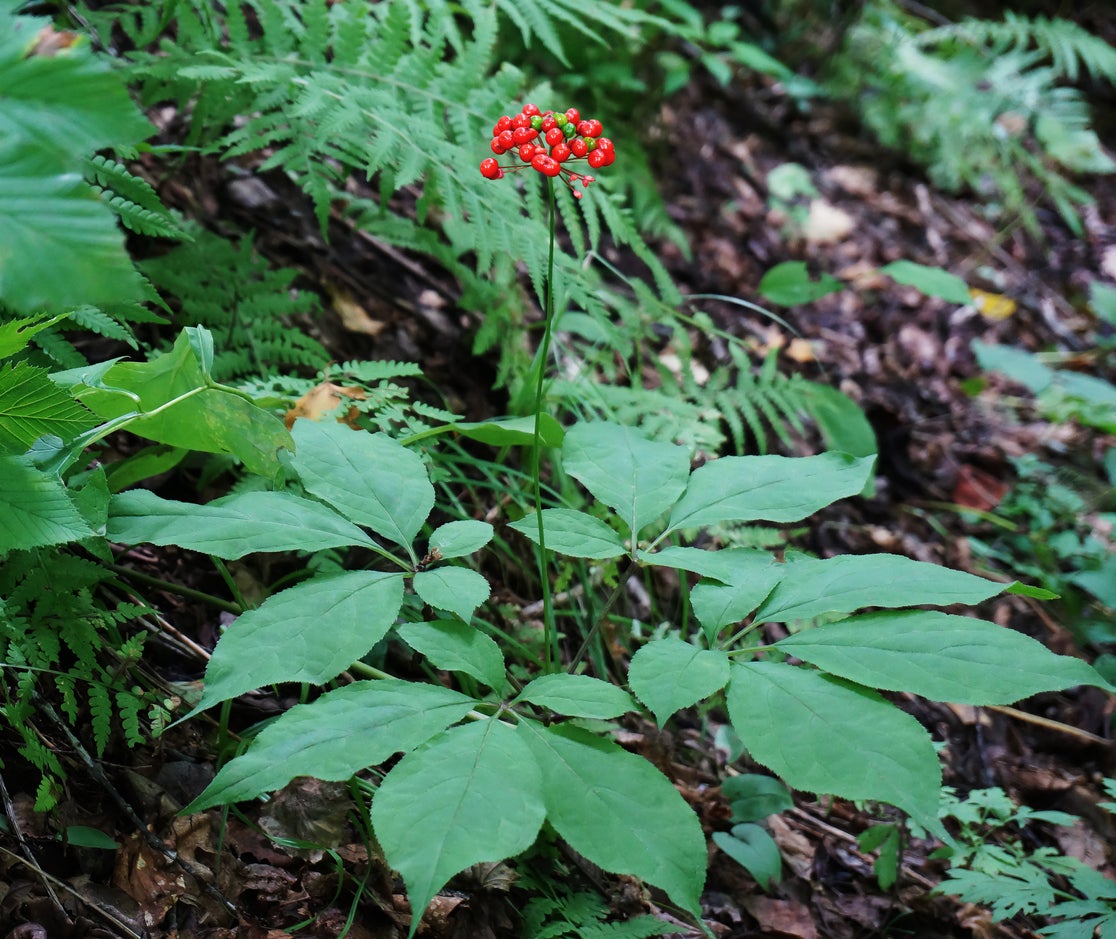 Potted Ginseng Care: Can You Grow Ginseng In Containers
Potted Ginseng Care: Can You Grow Ginseng In ContainersGinseng prefers to grow outdoors, either in beds or in pots. If you have questions about growing ginseng in containers, click here. We’ll give you information about potted ginseng including tips to help container-grown ginseng thrive.
By Teo Spengler
-
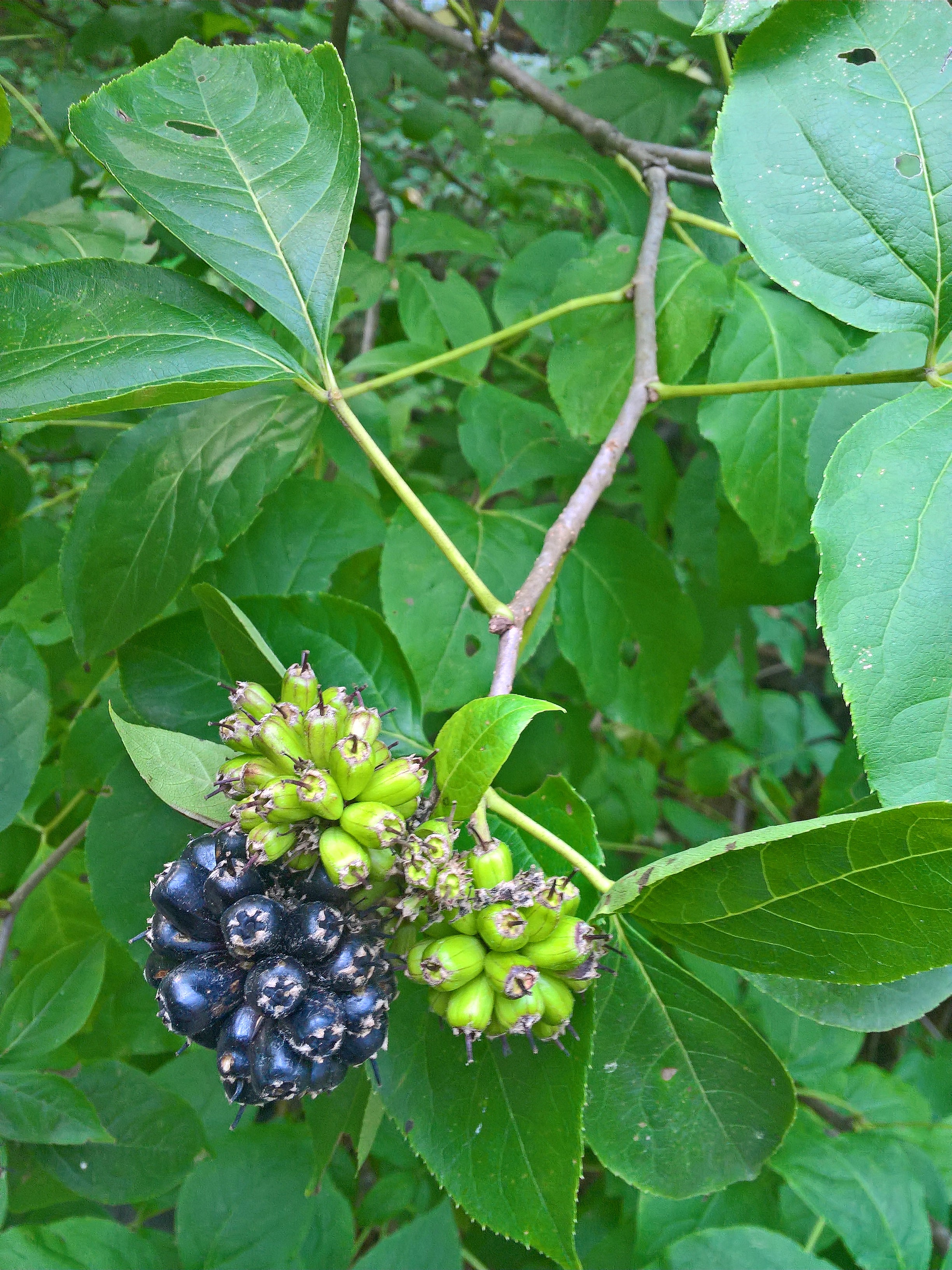 Varieties Of Ginseng For The Home Gardener
Varieties Of Ginseng For The Home GardenerThere are several types of ginseng on the market today, including a few varieties of “ginseng” that are similar in many ways, but aren’t actually a true ginseng. Click on the following article to learn more about different types of ginseng.
By Mary H. Dyer